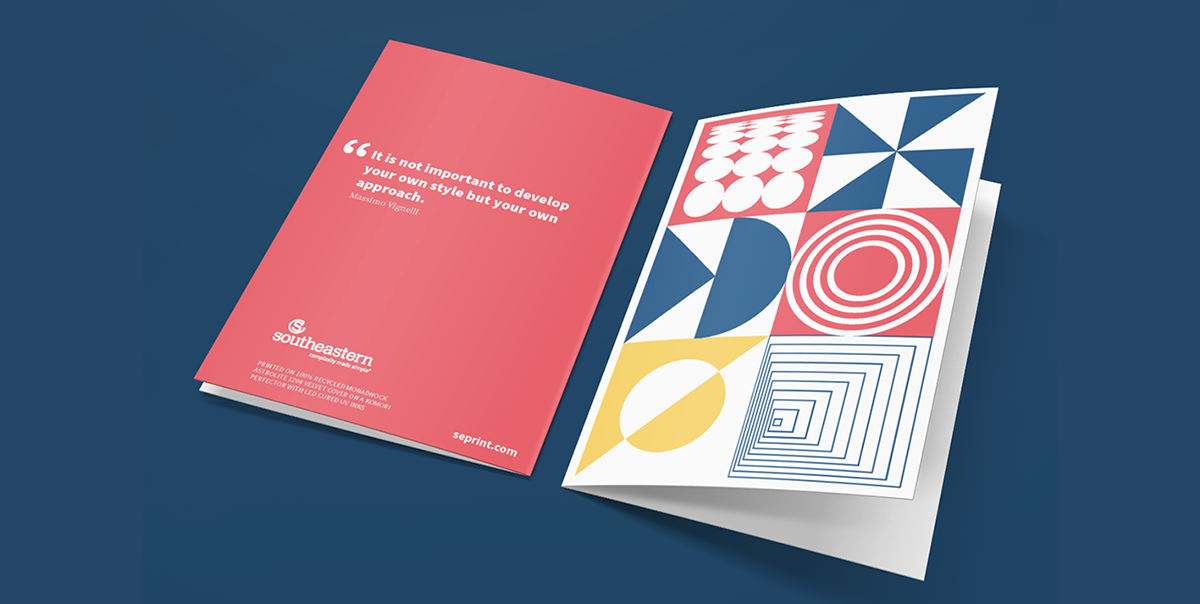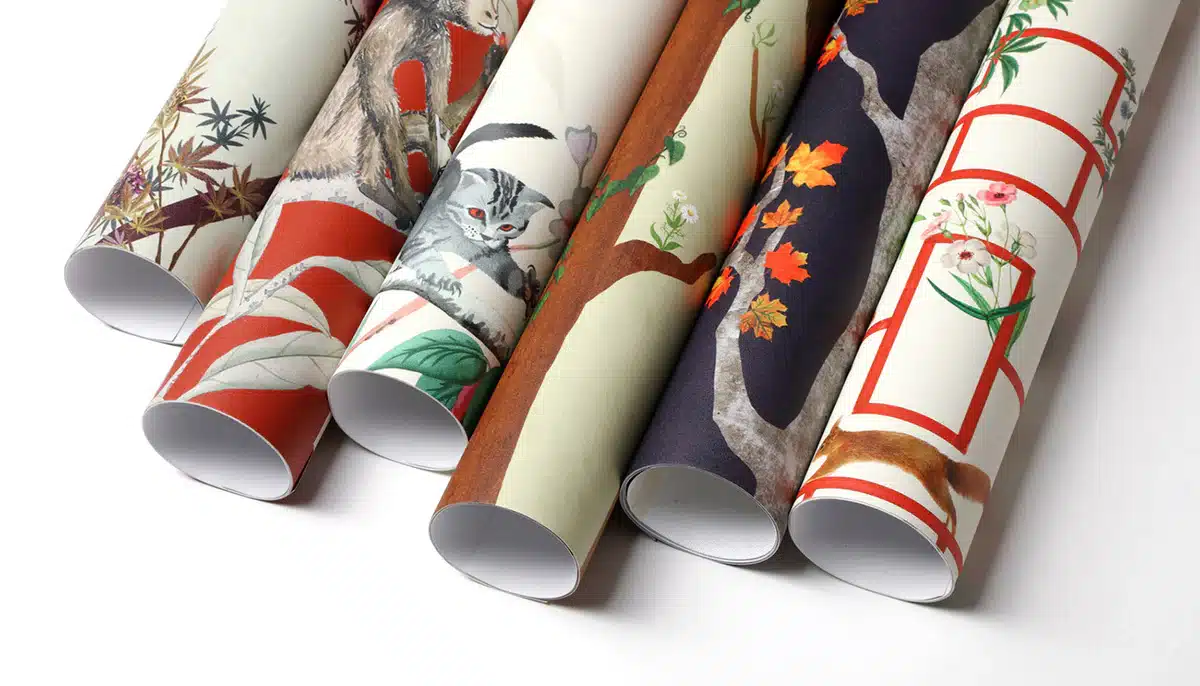The Most Important Elements to Consider When Creating Art for Backlit Signage
Out of Home Advertising is a growing business due to its potential impact with consumers. While waiting for the bus or sitting at a traffic light on a city street, the audience is held captive – they can’t click through to a new URL or avoid the message.
Millions of pedestrians, passengers and drivers encounter outdoor advertising daily.
Transit shelters, in particular, are a powerful communication platform. The 67 x46” real estate with backlighting creates an incredible canvas for expression.
We chatted with Jeff Baker, owner of brand design studio Image 4 in Manchester, New Hampshire, about how he approaches this craft and the most important things to consider when creating art for backlit signage.
The first step, according to Jeff, is ensuring proper exposure of the photographic image. Blacks and dark tones tend to wash out in a backlighted application, creating a “projected black” effect that manifests as green and appears weak. Proper exposure of the photo image assures the best density of black or low- density areas.
Next, it is important to consider the contrast within the design. Backlighted images are great at attracting attention and the ability of a graphic to create impact is heightened even more by contrast. Think: contrast between density (light to dark) and contrast between colors. Also, keep in mind that about 15% of people are blind to a color. In this way, it is effective to use tonal contrast along with color contrast to create high- impact messaging.
Another key factor in any display medium is the simplicity of design. Using strong lines, bold typefaces and designs with a lot of negative space help to deliver a powerful presentation message for the consumer.
Lastly, there is a large environmental component to Out of Home Advertising. Through coupling a recycled- content, fiber-based backlit media substrate with environmentally safe latex inks, companies can deliver a highly durable product that is also more environmentally friendly. Technical and specialty papermakers have developed durable substrates made with renewable fiber and post-consumer waste recycled fiber, instead of petroleum-based plastics, that have the high-performance characteristics required for signage applications. These are the types of materials that organizations should strive for when considering Out of Home Advertising.
Beyond transit shelters, there is tremendous potential for backlit sign installations in shopping malls, airports, movie theaters and other highly populated areas. However, brands should always be cognizant of the environmental impacts of certain types of substrates and work to consider choices that have an improved sustainability profile, while still printing beautifully and delivering high performance.
For information on Monadnock’s backlit papers click here.





